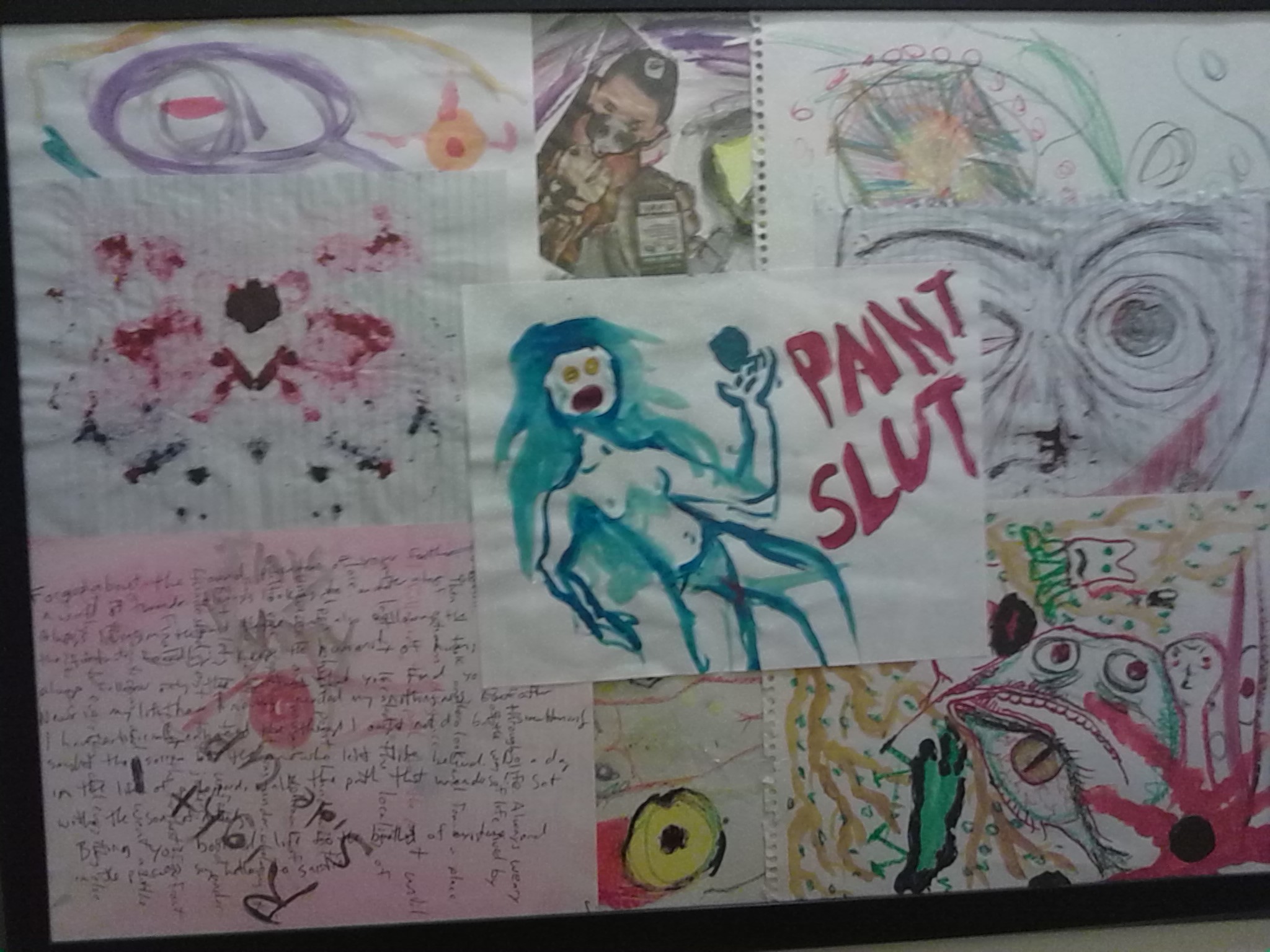
At a time when there is a such a social, cultural, and professional emphasis on creativity, why do the arts seem so subversively bankrupt? What does it mean to ‘make art’ today?
Capitalism can only exist by liberating production, while at the same time, containing it within limits so that it does not explode out in all directions. The axiomatic of capitalism is never saturated, it is always capable of adding a new axiom to previous ones. Everyone is encouraged to join the ‘creative class’, to add a new axiom by directing creativity towards the service of social and financial capital. Maker festivals, paint lounges, image filters, sketching apps, and curated feeds point to ways in which we are constantly ‘empowered’ to design for the sake of commodification, but never ‘merely’ to create for the sake of art.
Design culture is institutional, ideological, micro-political. In demonstrating the possessive individualism symptomatic of capitalism, design culture has thoroughly coopted creativity, it is imagination rendered as innovation, the commodification of creative processes in all forms. As any countercultural expression begins to strike its own eminently marketable pose, its vocabulary, both visually and verbally, is rendered familiar once again through the institutionalising processes of design—design culture as creativity put to work for capital.
Art, on the other hand, creates affect—familiar experiences at the outskirts of capital. Art is a process, an aesthetic performance, a flow of non-repeatable signs. This does not mean that art is un-commodifiable—it means the experience of art is un-commodifiable. While design corresponds to the aesthetic considerations of the object, art corresponds to the aesthetic considerations of process, the outcome of which is not material productivity, but affect.
We are all already affective artists creating in perpetuity—everyday life as a multiplicitous expression of subjectivity—but these performances are constantly captured and curated by the forces of capital, controlled in mechanistic ways that determine which forms of creativity are acceptable and desirable. This points not only to the commodification of art, but to the repression of all forms of desire. Everyone is convinced they can’t create—we all cling desperately to products and apps tthat claim to simplify and repackage the creative process.
Following from aesthetic performances of Pataphysics, Dadaism, Surrealism, Fluxus, the Situationists, Autonomia, and others, the androgynborg rejects this capture of desire, this aesthetic fascism which demands beauty in a filter, gratification in an instant. As an open, post-art collectivity, the androgynborg attempts to liberate art from the possessive ego of capitalist individuation, from the repressive desire to create only when it is appealing.
When engaging the processes of simultaneous creation using a variety of mediums, there are no set criteria, nothing has to appeal, nothing has to ‘make sense.' In performing entirely as an anonymised collectivity, the androgynborg operates with the aim of reiterating the revolutionary potentials of art by pulling on what is provocative and incendiary in a culture of saturated capitalist-chic, where even subversiveness has become the mainstream.
